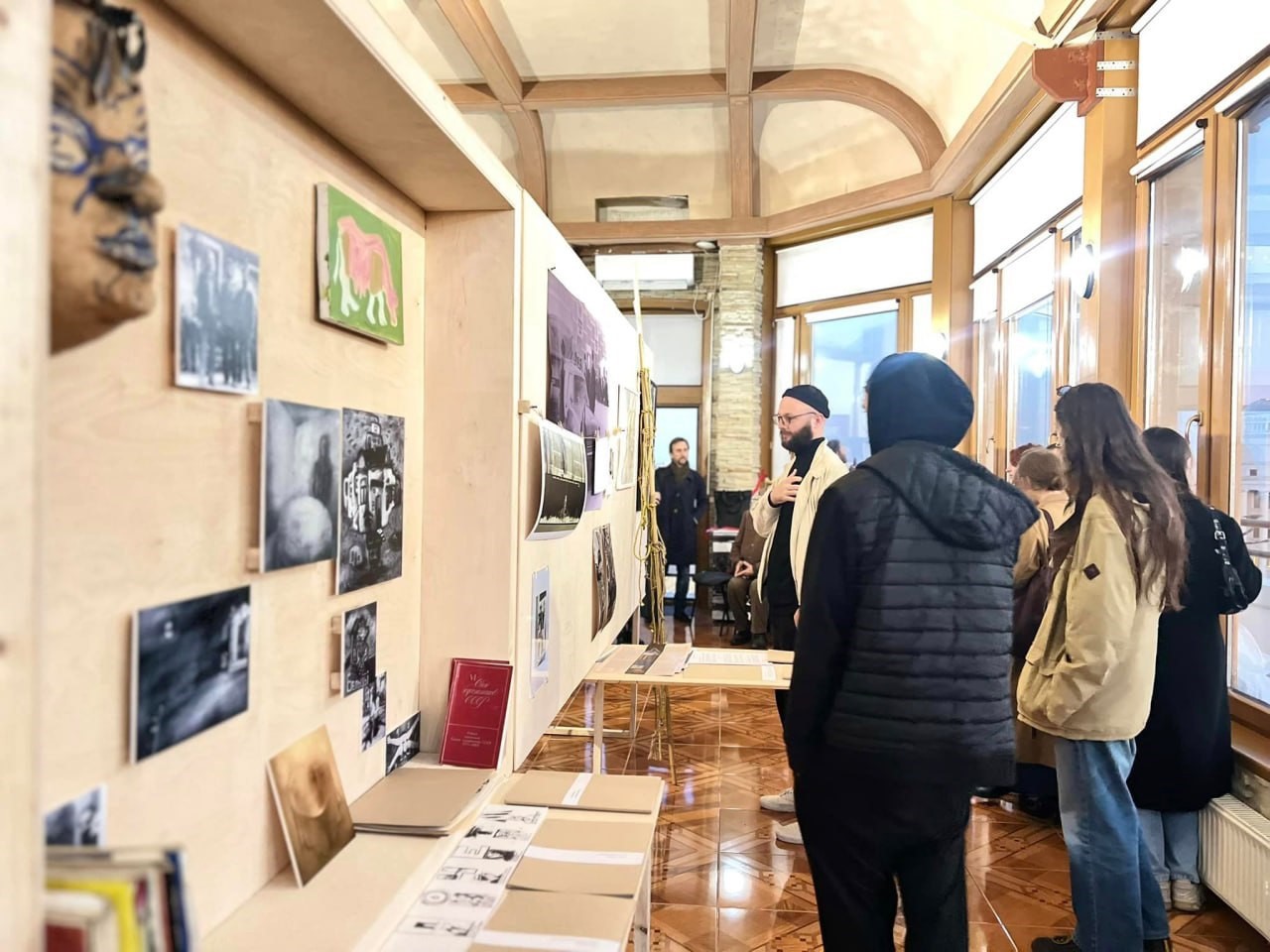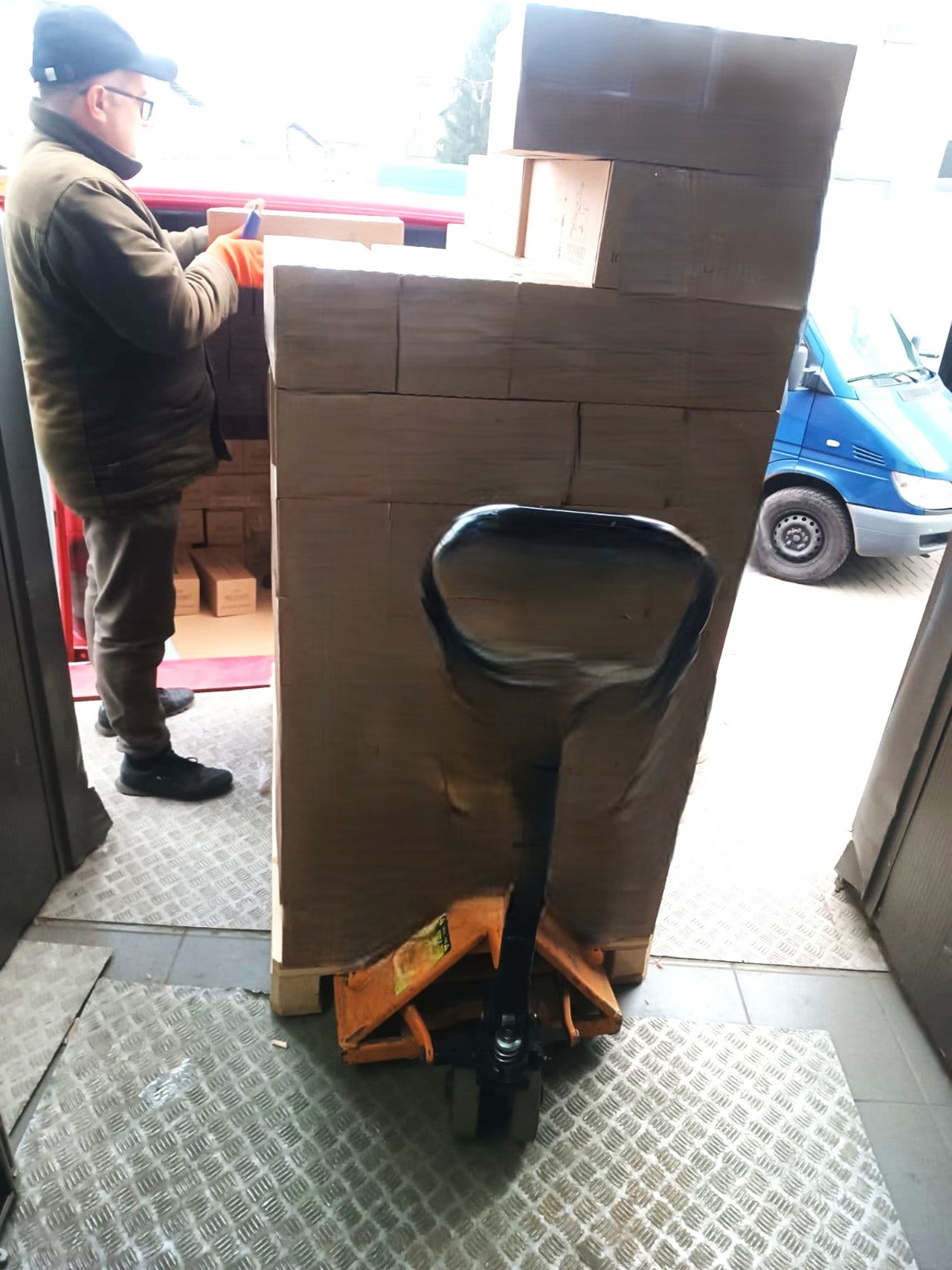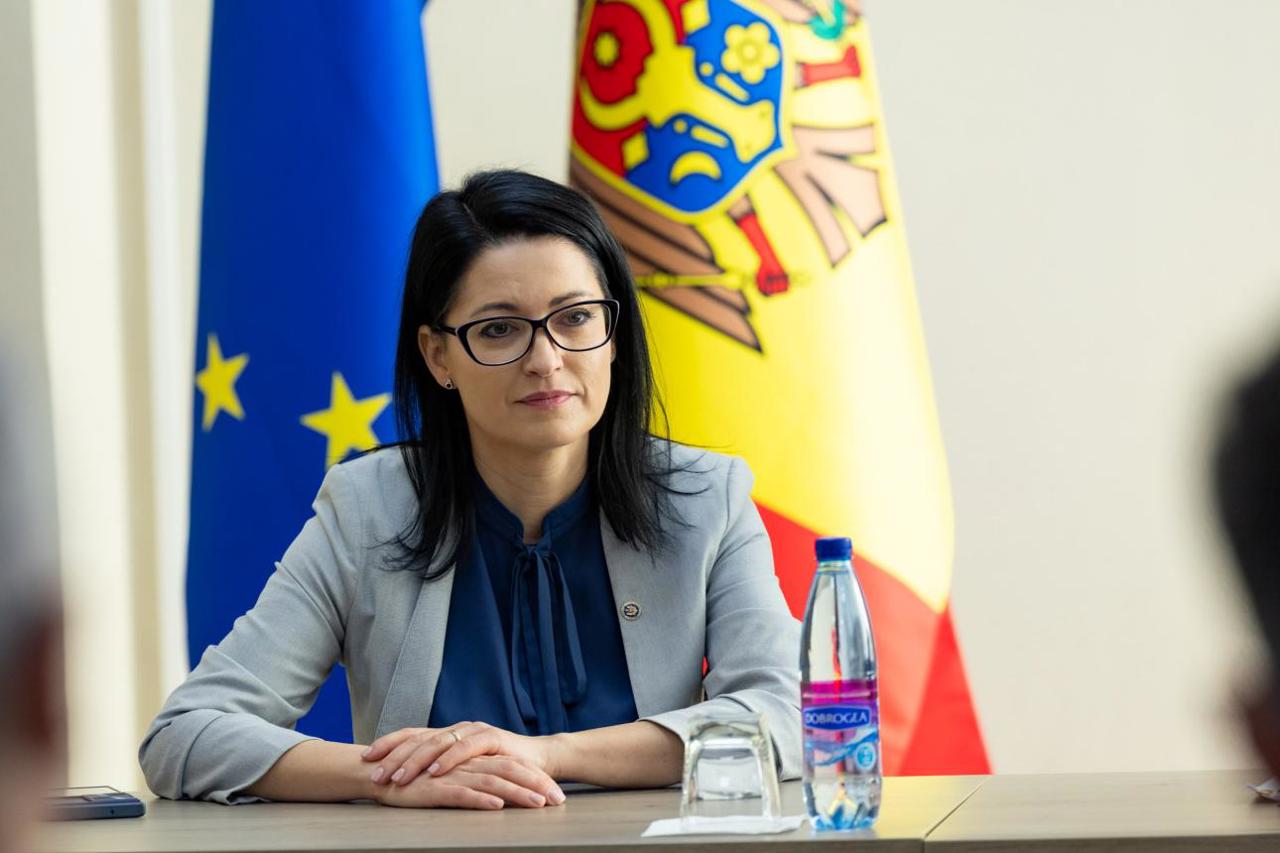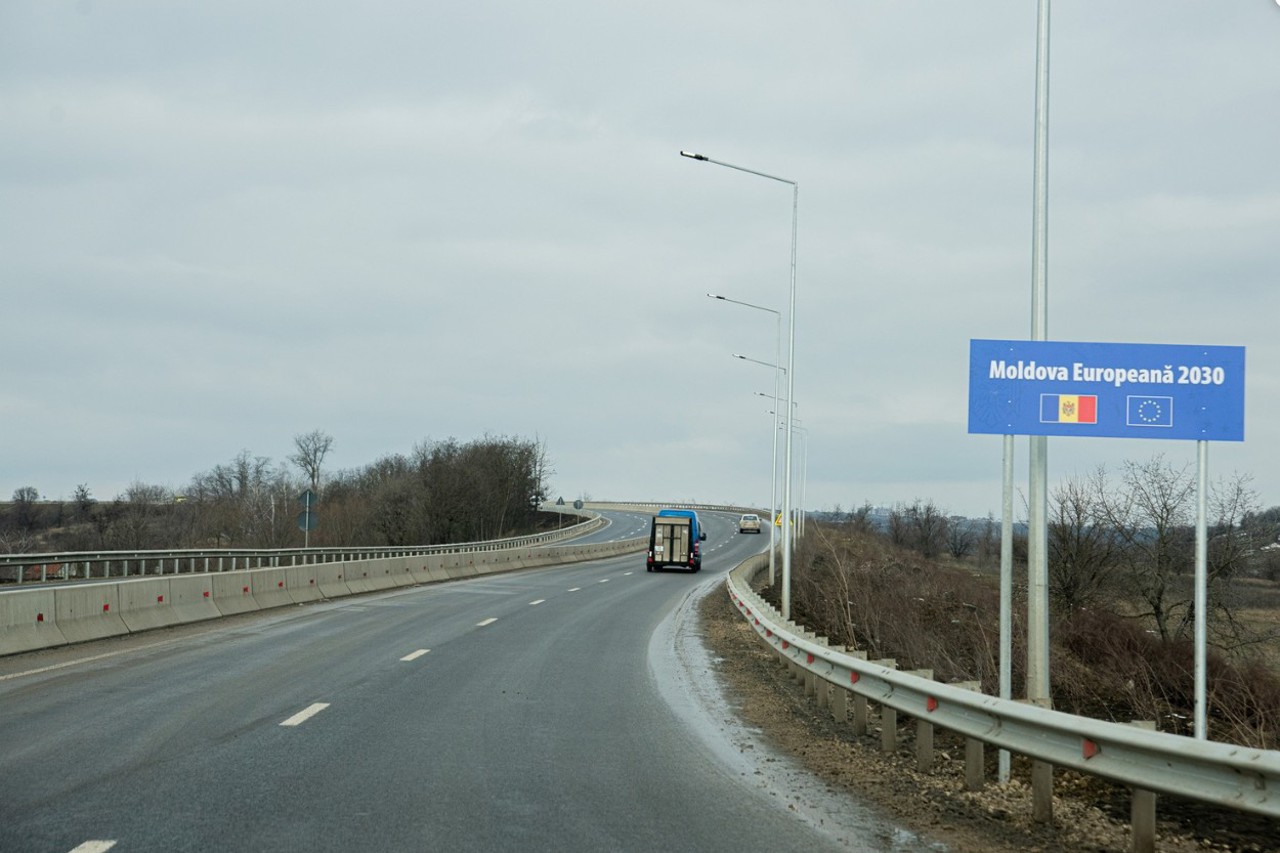The Wind of Change: A look into Moldovan art's evolution
An innovative project, a distinctive type of art exhibition, recently took place at the Chișinău City History Museum, widely recognized as the Water Tower.

Titled The Wind of Change, the exhibition reflects the transformations experienced by the artistic community in Moldova during the late 20th century, specifically the 1980s and 1990s.
Tatiana Fiodorova-Lefter, who has researched Soviet-era socio-cultural phenomena for over 15 years, has dedicated recent years to developing The Wind of Change project. Her aim was to clarify issues related to freedom and identity within the art scene of the 1980s and 1990s. She gathered and recorded the perspectives of artists active during that time, many of whom are now based abroad.
“I found it fascinating to explore how artists thought and worked during this period of change. It was not only about change itself but also about understanding the difference between being a Soviet artist and an artist in the 1990s,” said Tatiana Fiodorova-Lefter, the project coordinator.
One of the participating artists recalled that he had not aligned with official art trends.
“I spent a period in St. Petersburg, where nonconformist exhibitions were held, and this environment allowed me to develop differently,” noted visual artist Mihai Țăruș.
In Chișinău as well, the artist added, there was a strong resistance movement in the arts at that time: “Starting from influential figures like Grecu, Rusu-Ciobanu, and Sainciuc—who created a different kind of art, which was significant and impacted society.”
Adding to the exhibition’s nonconformist spirit, a theatrical performance directed by Elena Cușnir was staged near the Water Tower.
“The exhibition is compelling in its exploration of the past, delving into the local art phenomenon at the level of feelings, memories, and emotions. We present a ritual performance that symbolically purifies the past,” stated Elena Cușnir.
“This exhibition introduces us not only to the final artistic product but also to the creative processes involved, and to the communication among contemporary artists who desired this change,” noted Valeria Suruceanu, Director of the Chișinău City History Museum.
“This information acts as a library. We are assembling a broader vision, a collective one, comprised of multiple voices,” affirmed the project coordinator.
Based on research from the project, a book titled The Wind of Change will be published within two months, compiling the collective experiences of artists who created during this transformative period.
Translation by Iurie Tataru




